In Berlin: A Triptych, The Beginning of the Fourth Part 1982–83
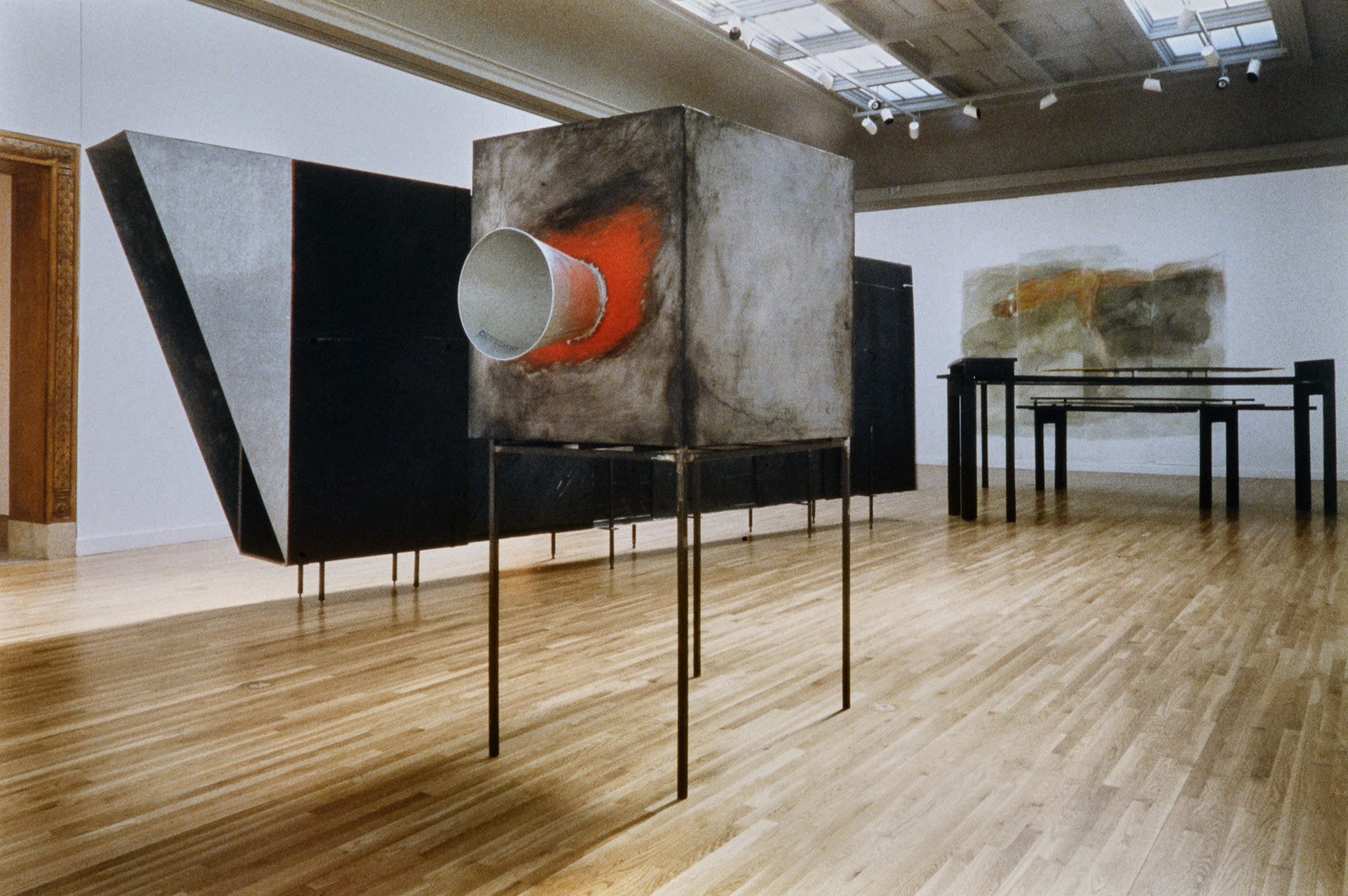
Betty Goodwin, In Berlin: A Triptych, the Beginning of the Fourth Part, 1982–83
Oil, oil pastel, charcoal, crayon, white and coloured chalk, graphite, watercolour, frameworks: pine, steel, tin plate, plywood, paint, variable dimensions
Montreal Museum of Fine Arts
This ambitiously scaled work was made for O Kanada, a major project celebrating Canadian art held at Berlin’s Akademie der Künste in 1982. The exhibition and accompanying catalogue included sections on historical Canadian art, architecture, video art, contemporary dance, and performance art. Goodwin and two other artists, John Massey (b.1950) and Max Dean (b.1949), were selected by Pierre Théberge (1942–2018), then chief curator at the Montreal Museum of Fine Arts. They each occupied a room with new, ambitious installations. It was a controversial choice to represent the country’s current contemporary scene with only three artists.
Goodwin’s work, her largest and most imposing free-standing sculptural installation, consists of a series of raised corridors and open bridge-like structures accompanied by a large megaphone form. It comprises a virtual walkway, a series of possible paths that together imply communication as well as its breakdown. The passages—by now a recurring motif in her work—are elevated on steel legs, raising a broken trajectory through space at different levels above the gallery floor. In effect, while the theme of passage is visually evoked, the ensemble remains physically inaccessible. The paper and plywood walls of the enclosed sections are subtly worked with graphite and oil stick, recalling Goodwin’s painterly treatment of surfaces in other installations, especially her Passage in a Red Field, 1980, made in the National Gallery of Canada two years earlier. The megaphone, which appears in her drawings before and after this project, plays a dramatic role within the mise en scène, projecting from a dark box on a table-like structure.
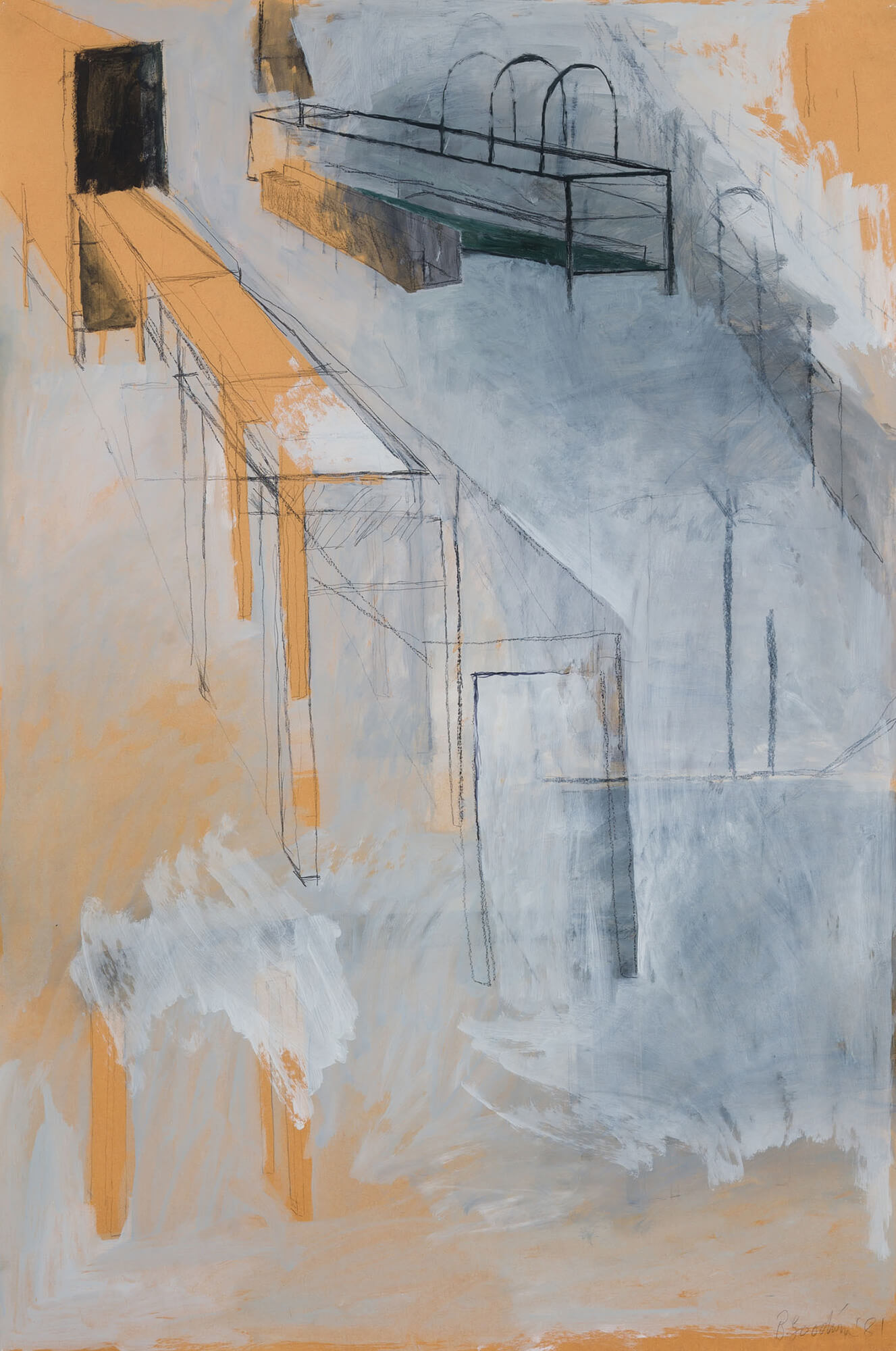
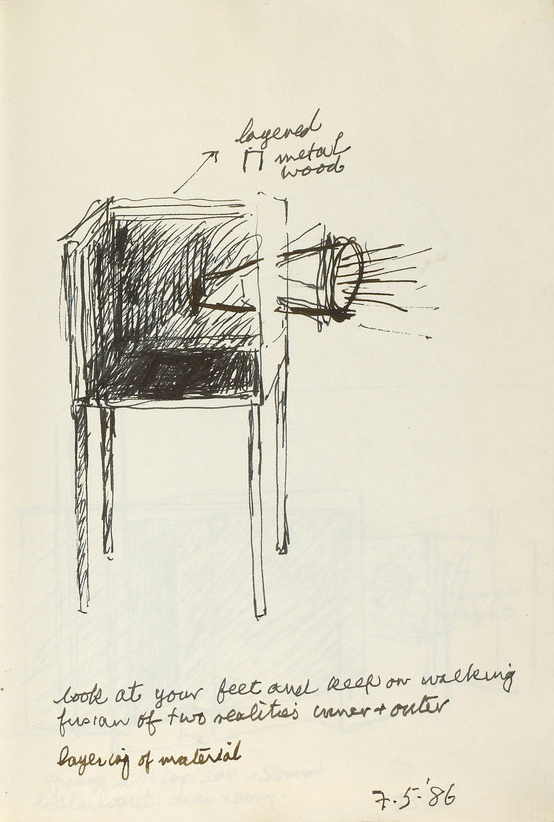
“The megaphone,” Goodwin later commented, “is symbolically very straightforward: it’s a call. You can use it to amplify your voice, to call for help. I use it in a way that I would hope suggests messages of need, help, or message to be careful, to be aware in this dangerous world of the threats which are continually surrounding us.” One side of the megaphone element is open to reveal a small plaster ear lying on the table, as if lost to the drama unfolding around it. Goodwin’s reflection on the megaphone element attests to her growing preoccupation with the dangers of failed efforts to communicate in a precarious world, if not the resulting inhumanity that her drawings over the next decade would manifest.
Significantly, this ensemble, which was remounted a year later at the Montreal Museum of Fine Arts, was shown with some of Goodwin’s large swimmer works, which established an important shift in her focus to drawing. In Goodwin’s original plan, the passage structures were to reach the wall where the swimmer drawings of figures that appear to struggle between floating and drowning were located. One can only speculate on the effect Goodwin may have achieved had the work been completed in this manner, with the drawings as a destination. Characteristically, in the Berlin project, she brought together several layers of conceptual and thematic developments that had been recurring in her work over the preceding years, including sensuous attention to surface detail; the megaphone as symbol of urgent communication; and passage structures realized in several materials and configurations as a metaphor for time, transition, and states of being. In Berlin: A Triptych, The Beginning of the Fourth Part marked the culmination of her use of passages.

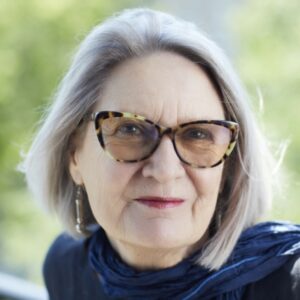 About the Author
About the Author
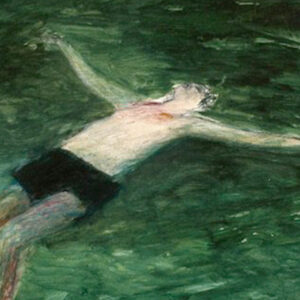 More Online Art Books
More Online Art Books
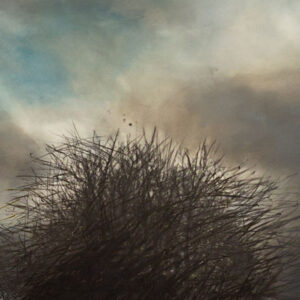 Acknowledgements
Acknowledgements